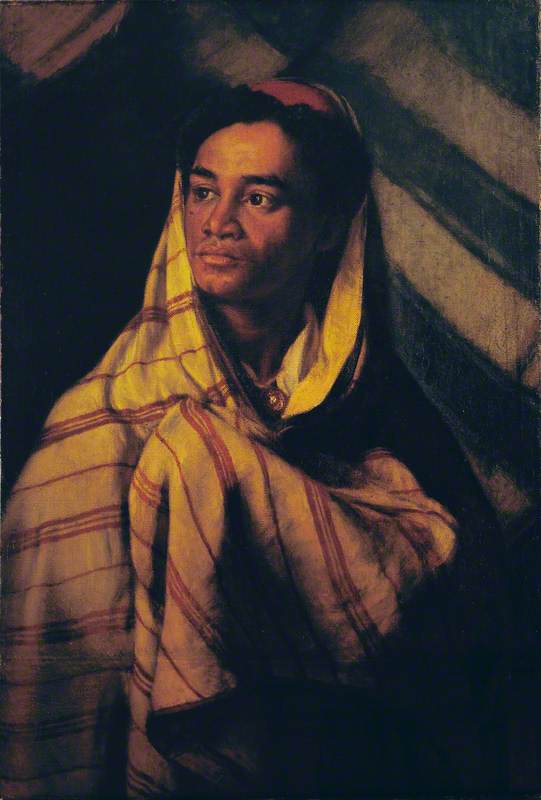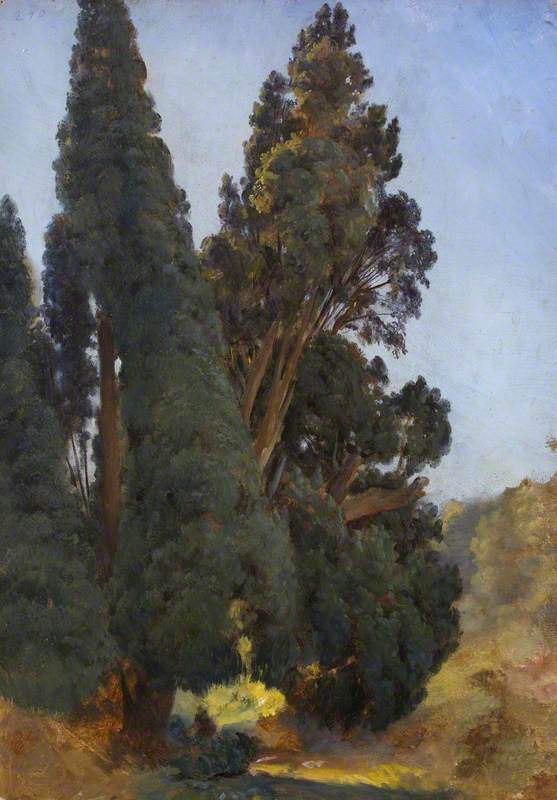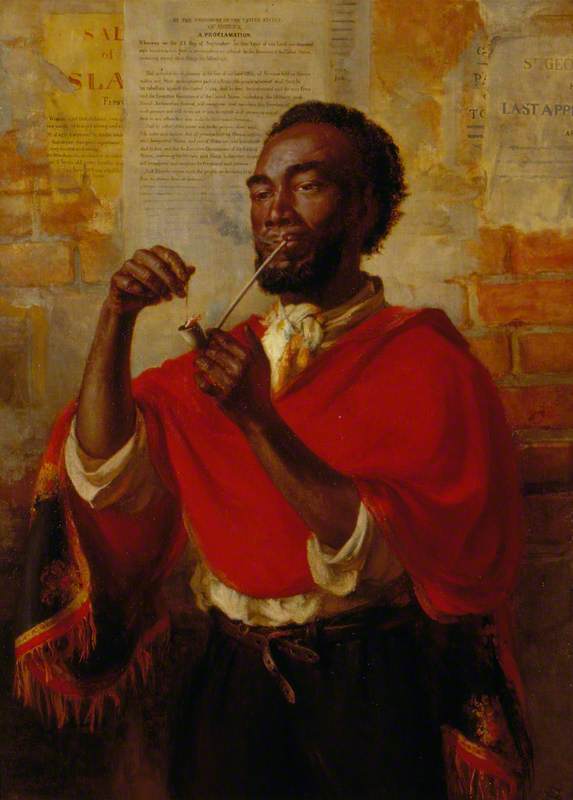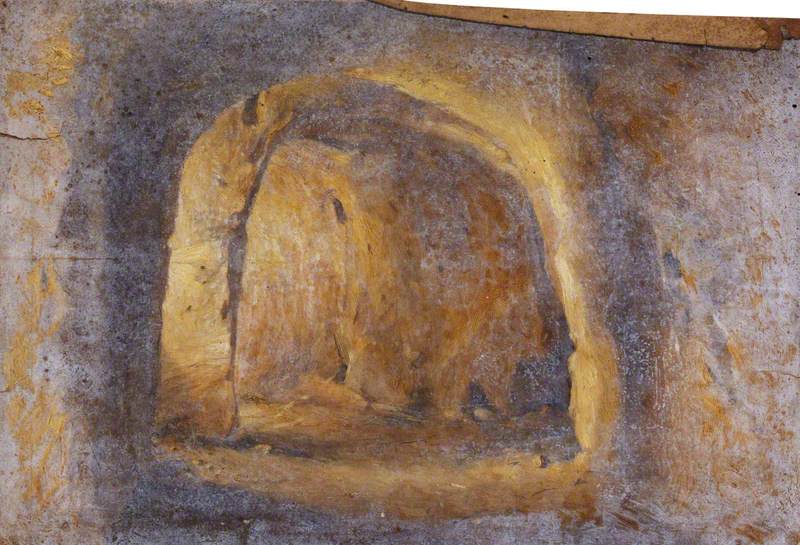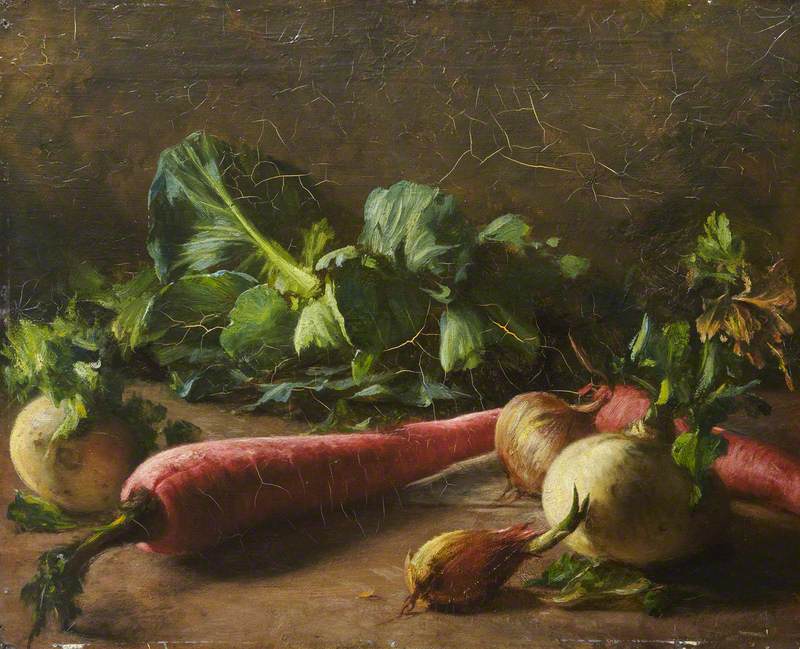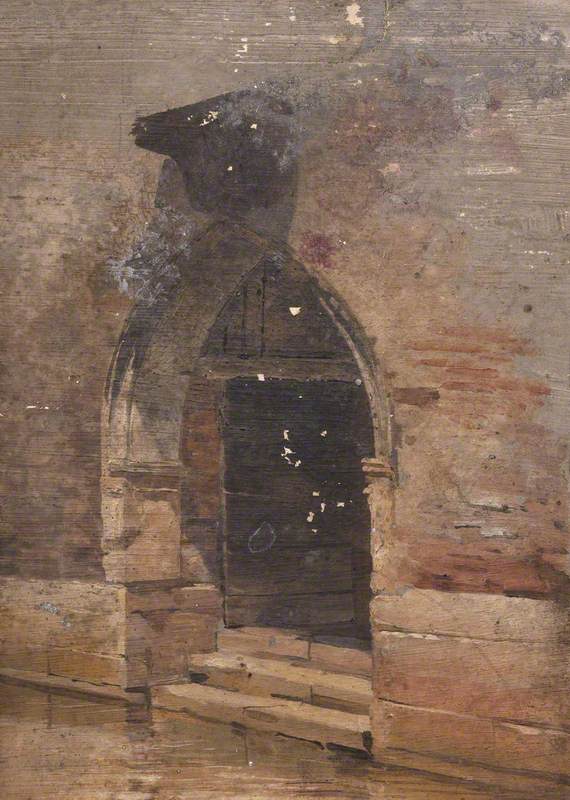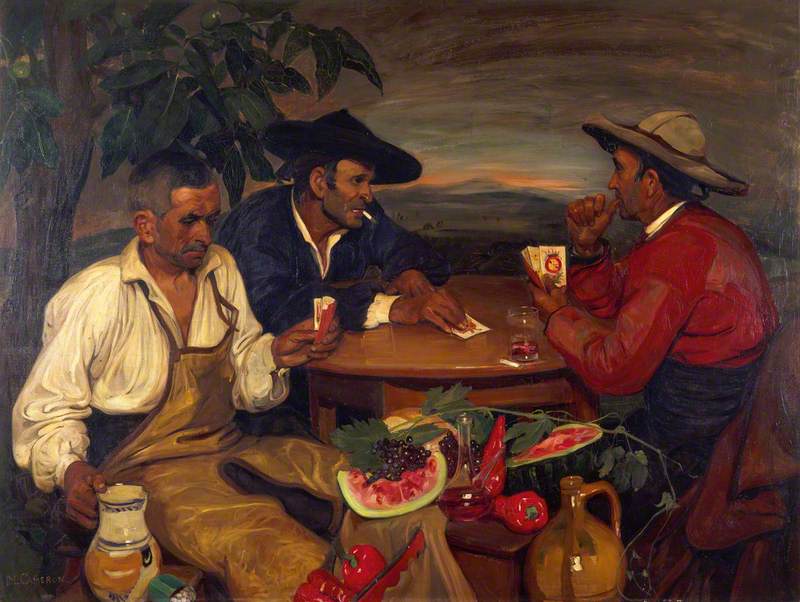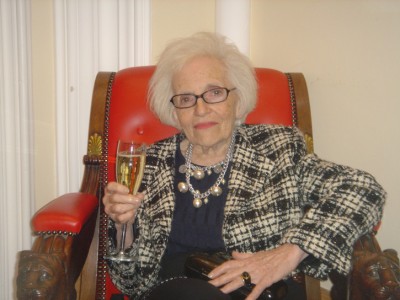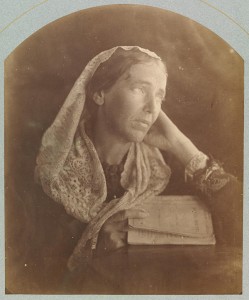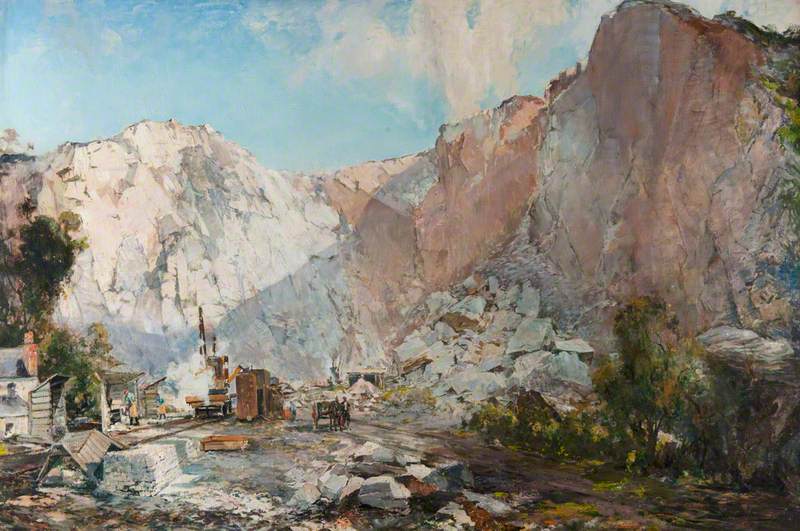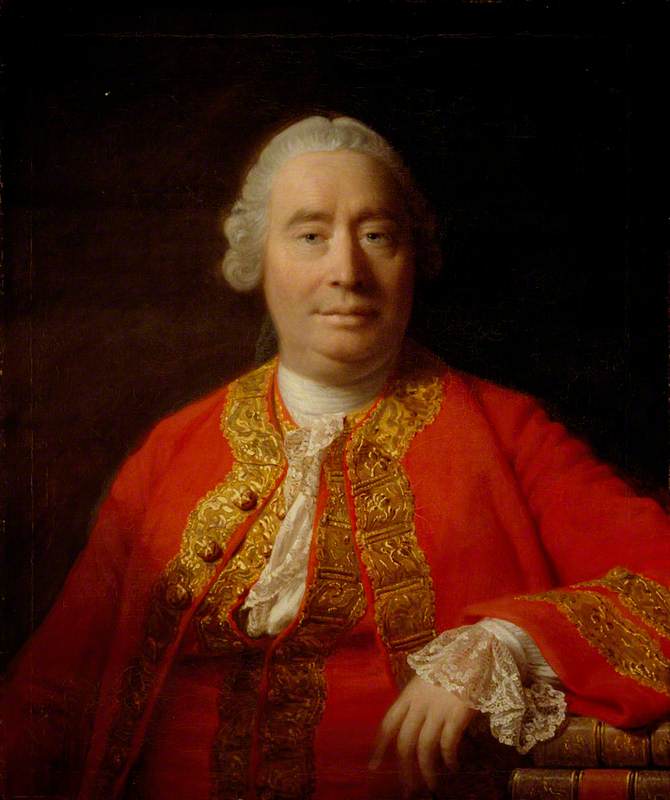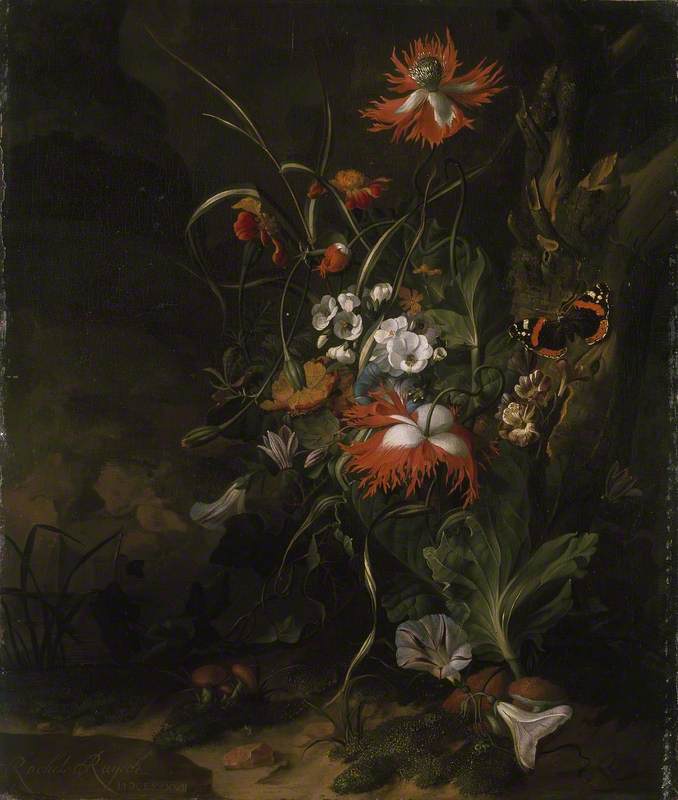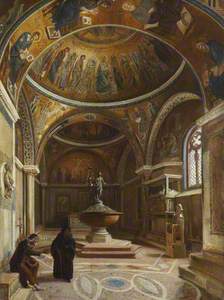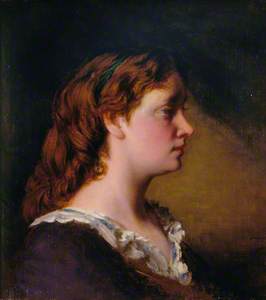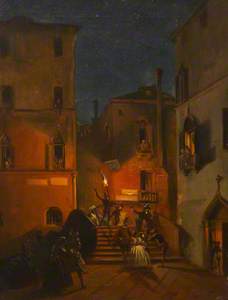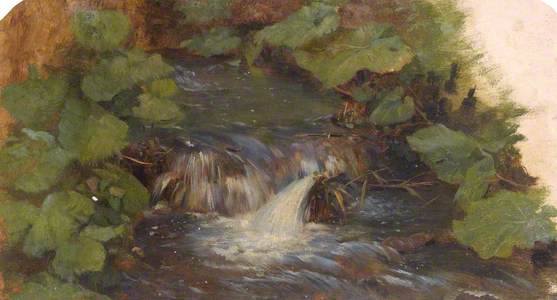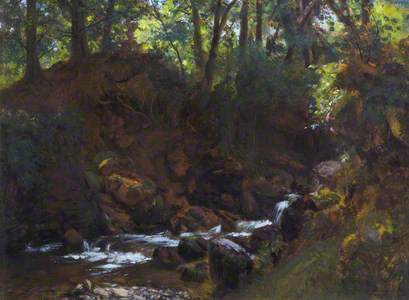Thomas Stuart Smith was born in 1815. He was the secret illegitimate nephew of Alexander Smith, who had an estate at Glassingall, Dunblane. Smith's father (Alexander's brother) sent Thomas to a school in France while he conducted his business in Canada and the East Indies. In 1831, Thomas's school fees were not paid and so Thomas thought his father must have died. He returned to
Five Studies of Italian Figures
1844
Thomas Stuart Smith (1813–1869) 
Thomas started working as a tutor. He later became interested in painting from an Italian master painter whom he met while serving as a
Interior of San Marco, Venice
1845
Thomas Stuart Smith (1813–1869) 
By the end of the 1840s, Smith had his work accepted by both the Salon des
In 1849 Alexander Smith died intestate. Thomas took possession of the estate in 1857, beating 18 other claimants. During those eight
Having gained the estate, he kept it just six years before selling it and using the funds to move to London and create an art collection in Fitzroy Square that included his own work. Ultimately he decided to create an Institute in Stirling to house his new collection and drew up plans for a library, museum, and a reading room, and offered £5,000 to the council if they could donate a site within two years. He signed the trust into existence in November 1869 with himself, James Barty, the Provost of Stirling, and fellow artist Alfred Wilson Cox as trustees. However, Smith was prevented from seeing his plans fulfilled as he died the next month in Avignon.
Today, Smith has hundreds of paintings in public collections, which you can browse on Art UK. Two of them are particularly important – they are portraits of black men painted at a time when it was rare to see depictions of people of
Smith's major legacy is The Stirling Smith Art Gallery & Museum, founded in 1874 with Smith's bequest and collection, which still operates under the modified trust deed of its founder.
Michael
